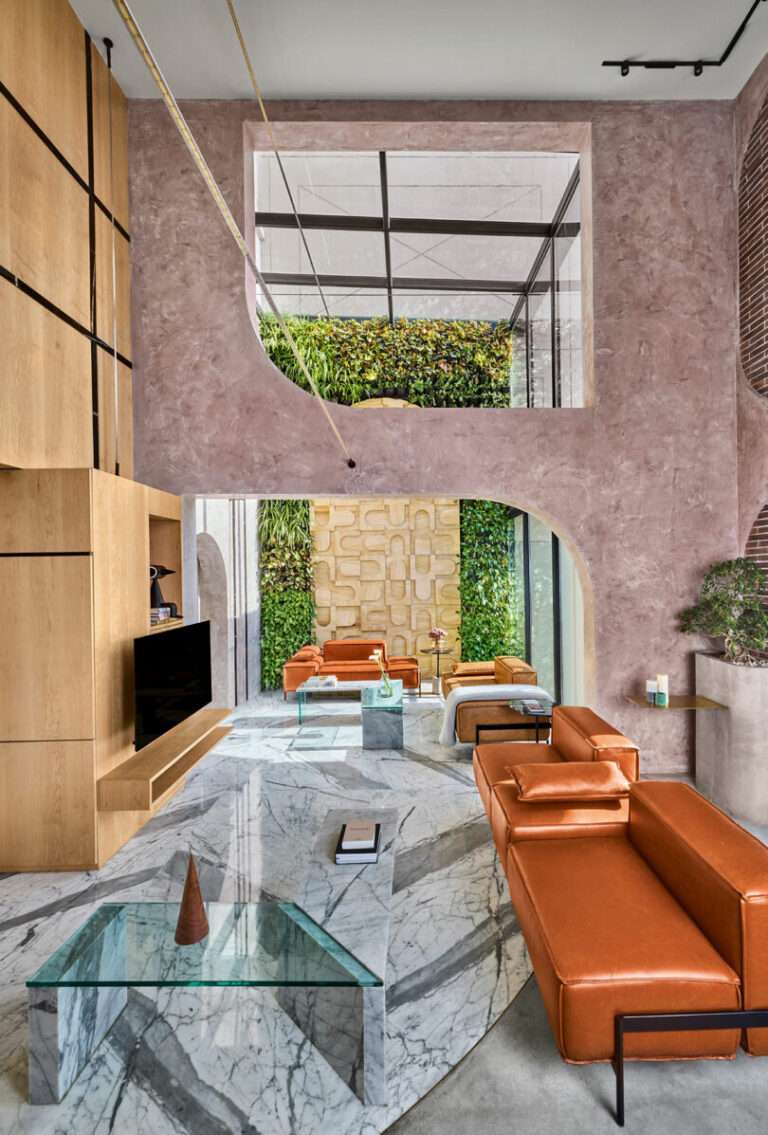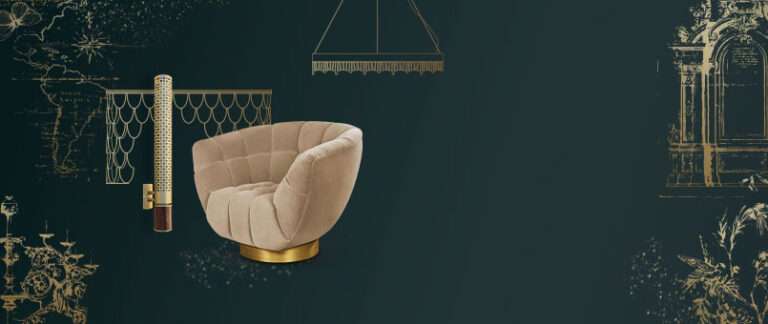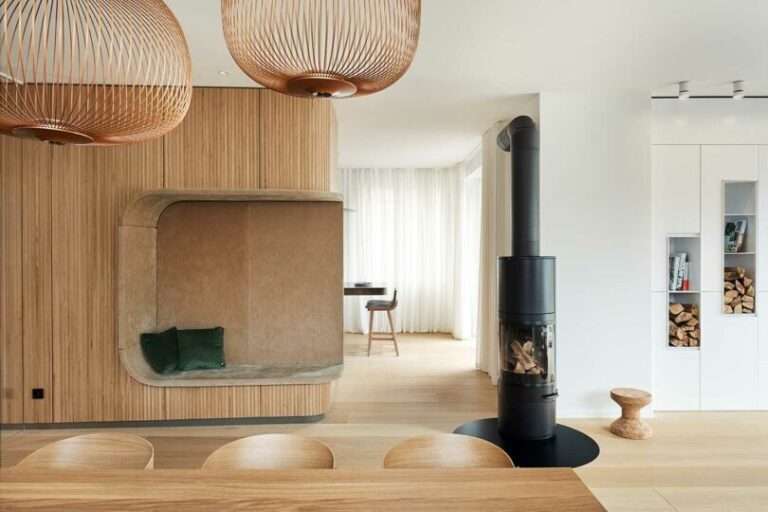Inspired to put abandoned tents left after UK music festival Boardmasters to use, in 2018 Genette Dibsdall conceived The Maverick. It’s a transformable luxury garment that can be used as a cape, a nap sack, and a tree tent – made from the old tents and named after the campsite in which she found them.
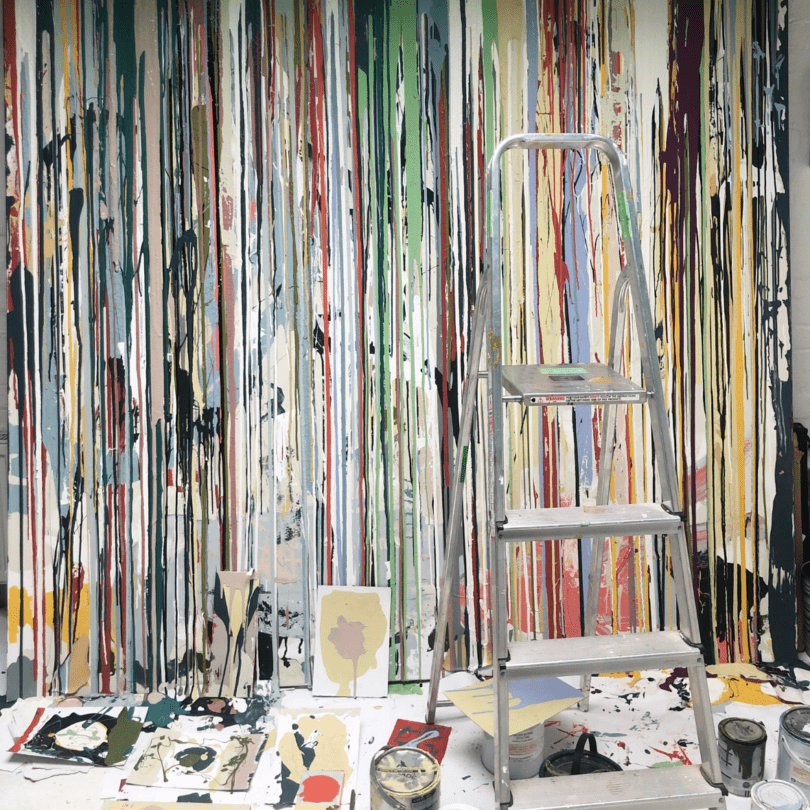
Ella created a one-off artwork piece called “Paint Drop” during the pandemic, inspired by the idea of using leftover house paint as part of her commitment and passion for the circular economy. After gathering leftover paint from a callout on Facebook, she created the artwork on a reused canvas without a single brush.

Native Trails, the sustainable kitchen and bath manufacturer, has collaborated with hundreds of highly-skilled artisans throughout the world. The company’s Vintner’s Collection, seen here, is made from reclaimed wine-making materials.

Column writer Katie Treggiden released her sixth book this year, Broken: Mending & Repair in a Throwaway World. The big question at hand is “Is repair the future of design?,” and the discussion around how the linear economy is no longer enough – we need to embrace circular design as fast as possible.
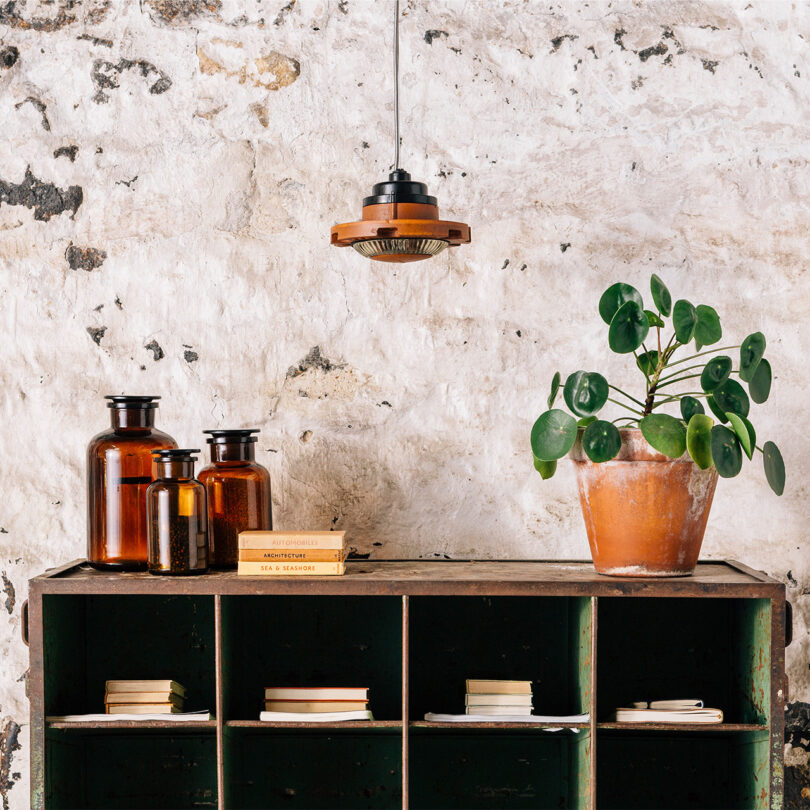
skinflint has been giving new life to vintage lighting from around the world for more than a decade. During that time they’ve saved more than 50,000 lights from ending up in a landfill, restoring each to modern electrical standards without compromising character.
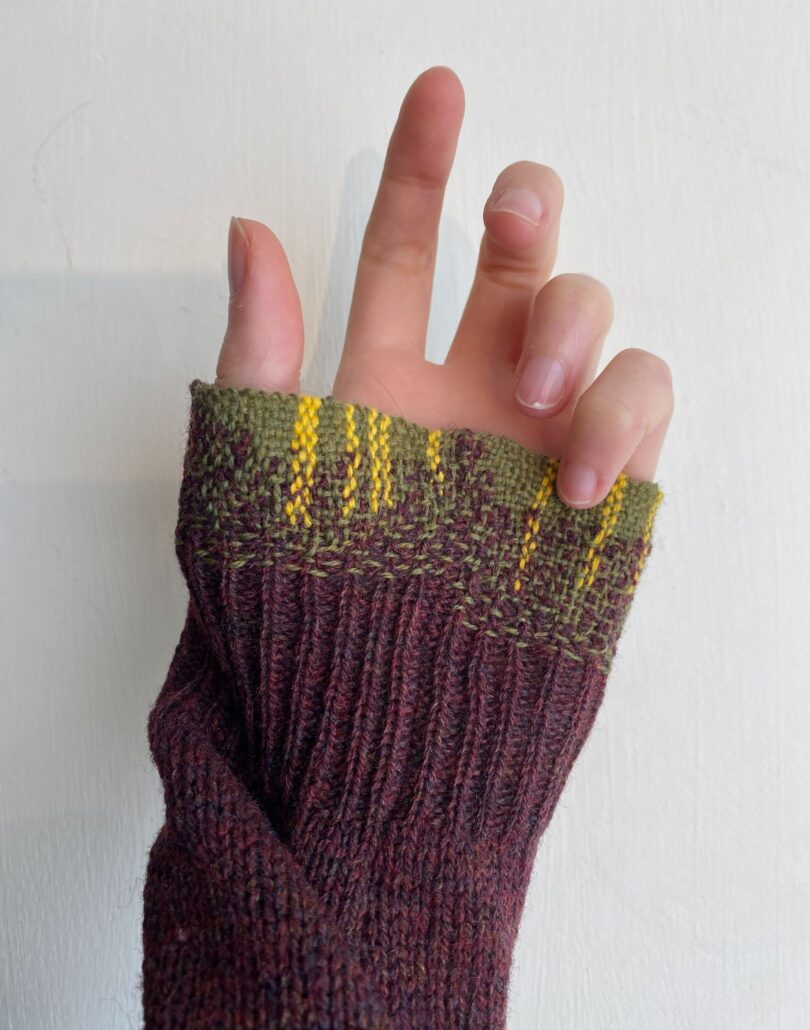
TOAST continues to focus on repair culture through clothing, homewares, and accessories, and even offers a repair service for customers (3,579 mends and counting!). TOAST Renewed, which the brand launched earlier this year, is a collection of creatively repaired pieces that have had their lives sustainably extended.
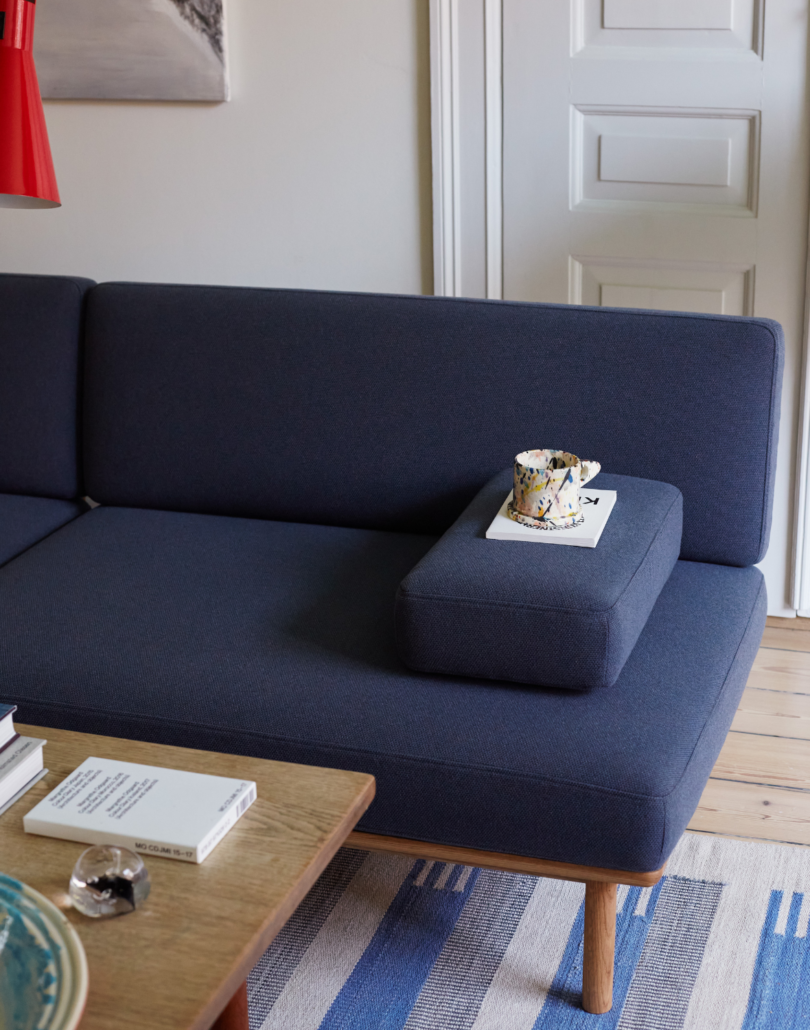
Spoke is TAKT’s first sofa release, created in collaboration with Anderssen & Voll. Designed with repair in mind – to be long-life, low-waste, and entirely recyclable – Spoke is making its own way through the typically unsustainable furniture industry.
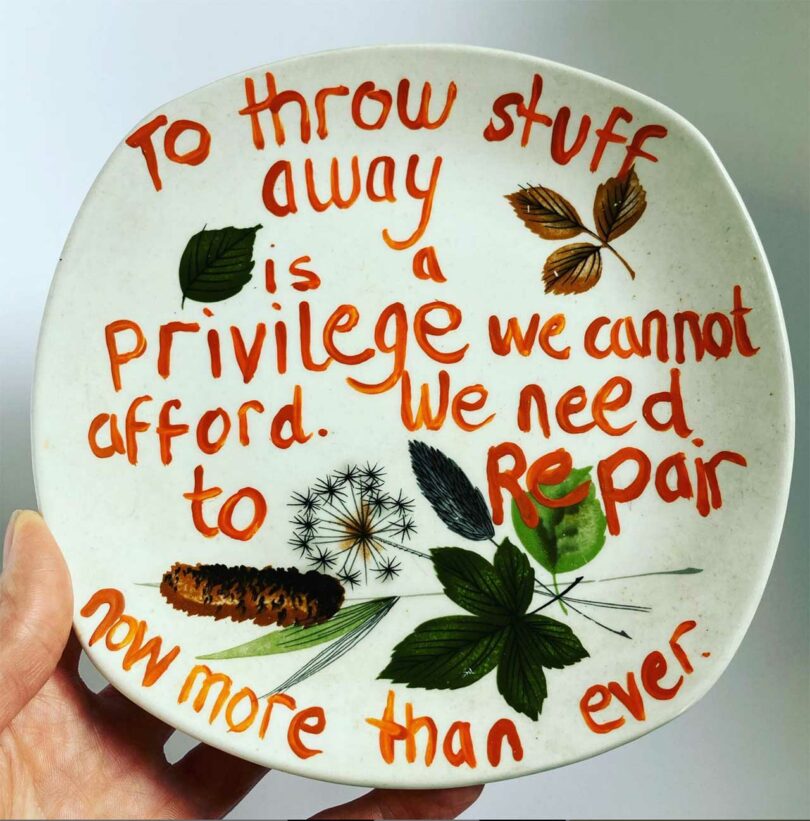
Bridget makes objects with materials from “broken things,” including a lot of ceramics. She also makes repairs, exploring and showing how we can reduce our environmental impact by approaching making in different ways.
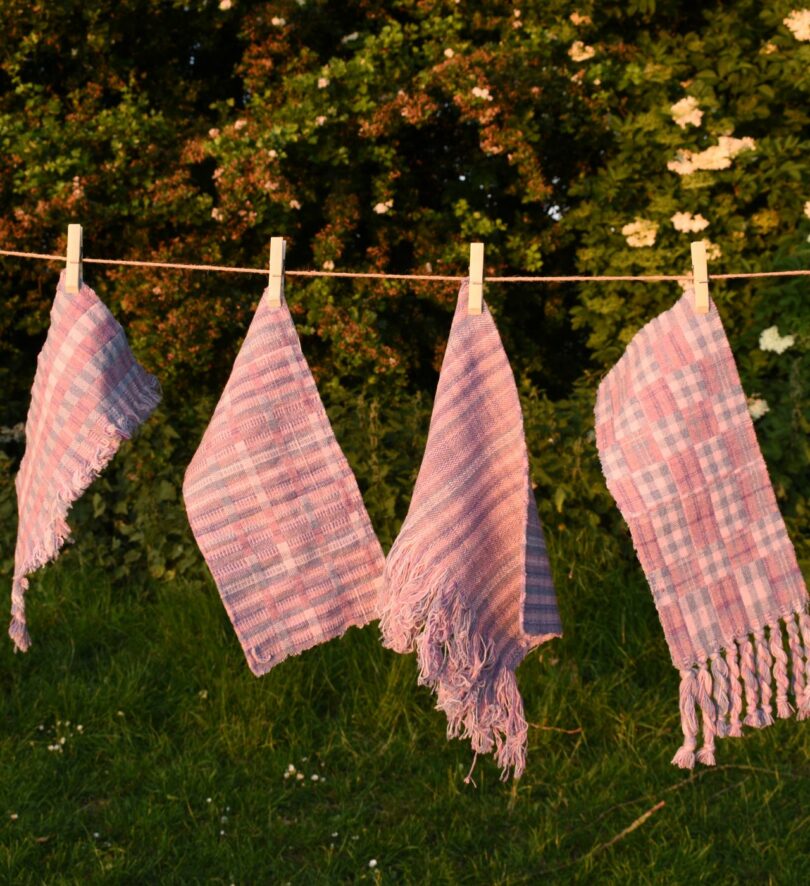
A repair specialist with an education in surface pattern and textiles, Lucy describes herself as “a future-focused designer who loves to experiment and play.” She’s working within fashion through the exploration of concepts of visible repair and reworking garments.
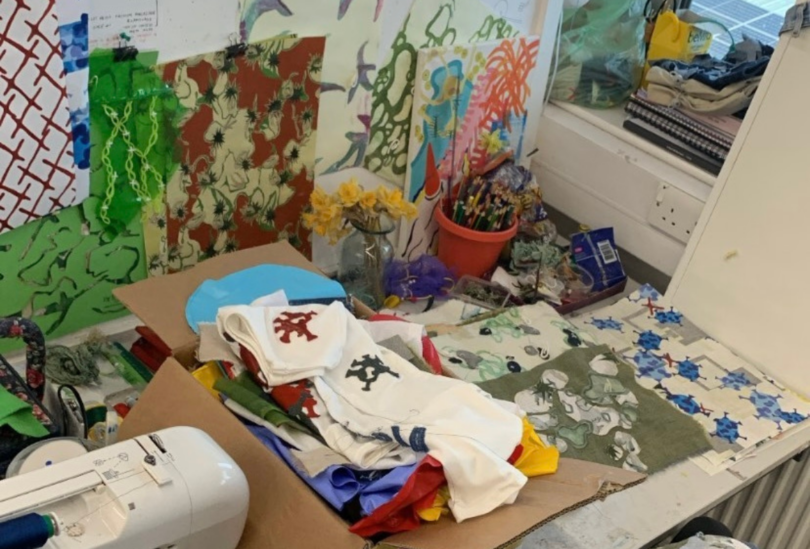
Lucianne’s work focuses on sustainability and community, as she aims to bring solutions to the waste produced by the fashion and textile industry through the promotion of mending, repair, and creative well-being.
Check out the rest of Design Milk’s end of the year coverage here!

